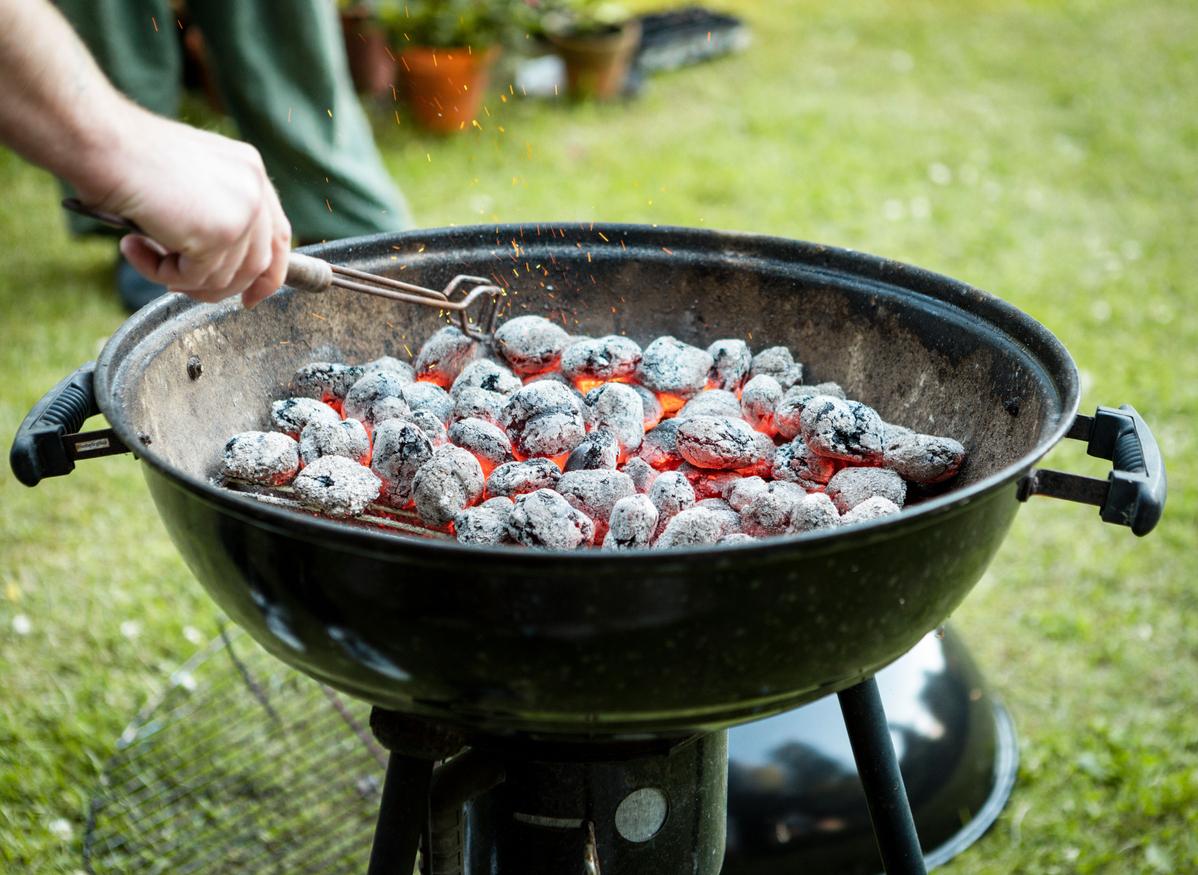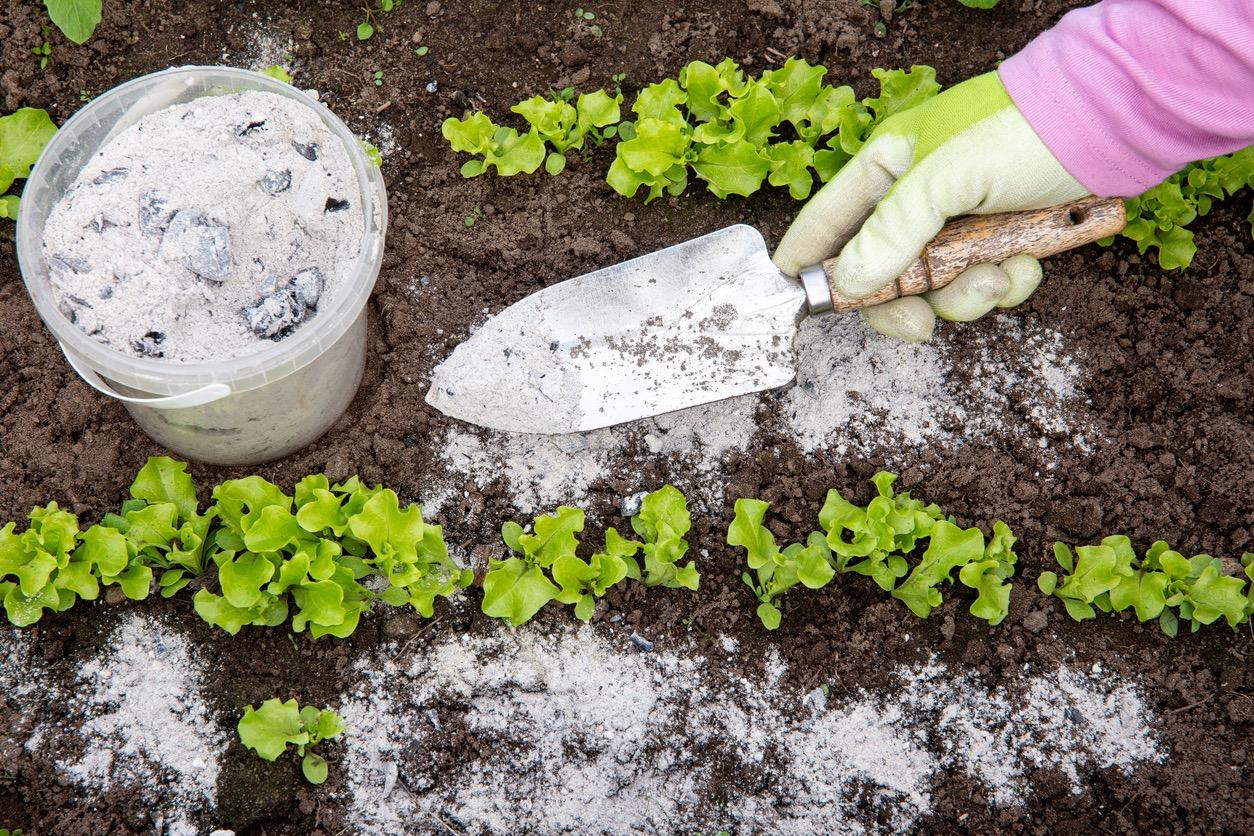Is Charcoal Ash or Wood Ash Better for Plants? Everything You Need to Know
Published Jan. 15 2024, 10:17 a.m. ET

If you’ve ever had a barbecue, you might’ve wondered what to do with the leftover charcoal ashes. After searching on the internet for a few minutes, it’s not clear whether you should toss it in your garden or send it to the landfill.
Is charcoal ash good for plants? Well, the answer is complicated. Keep reading to learn more about charcoal and when you can (and can’t) use it in the garden.
Is charcoal ash good for plants?

Using charcoal ash in the garden is complicated — some people will say it’s the best nutrient source ever, while others think it should be avoided at all costs. This confusing consensus makes it clear that the potential advantages depend on a few different factors.
Before tossing the ashes into your garden, you should consider whether you used lump charcoal or briquettes. This is the key to determining if it’s good for plants or not.
If you use briquettes for barbecues, you don’t want to use the ashes in your garden. Briquettes are made with a variety of chemicals and additives that can be harmful to your plants, according to Gardeningetc.
However, if you use lump charcoal — a more natural alternative — you might see some benefits. The biochar from this type of charcoal can help protect against nutrient leaching and even provide a habitat for microorganisms, according to Epic Gardening. Make sure you don’t rely on it too much, though — usually, too much of anything in the garden isn’t beneficial.
Is wood ash good for the garden?

If you don’t grill often, wood ash is a great alternative that your plants will love. It’s full of nutrients like calcium, potassium, phosphorous, magnesium, and sulfur, all of which are valuable for plant growth, according to the University of Wisconsin.
Wood ash is also great for neutralizing soil. Gardeners with acidic soil can use the carbonates in the ash to help raise the pH level.
Much like lump charcoal ash, it’s best to use wood ash in moderation. The ashes can contain heavy metals, and depending on the type of plant it’s applied to, can cause disease due to the change in soil pH. To avoid these issues, conduct a soil test before adding wood ash to your garden.
How to use wood ash in the garden:
Applying wood ash to plants is actually quite simple. Before you begin, make sure you have protective gear like a mask and goggles — the dust can pose a risk to your health, so it’s important to cover up.
Start by sifting the ash to get rid of any large leftover chunks. Take the ash and evenly disperse it in the areas that showed a need for nutrients based on the soil test results. If you can, apply wood ash when the soil is moist or mix it in using a garden tool.
It’s crucial to only apply the ashes in areas that need it. When overapplied, it can cause nutrient toxicity.